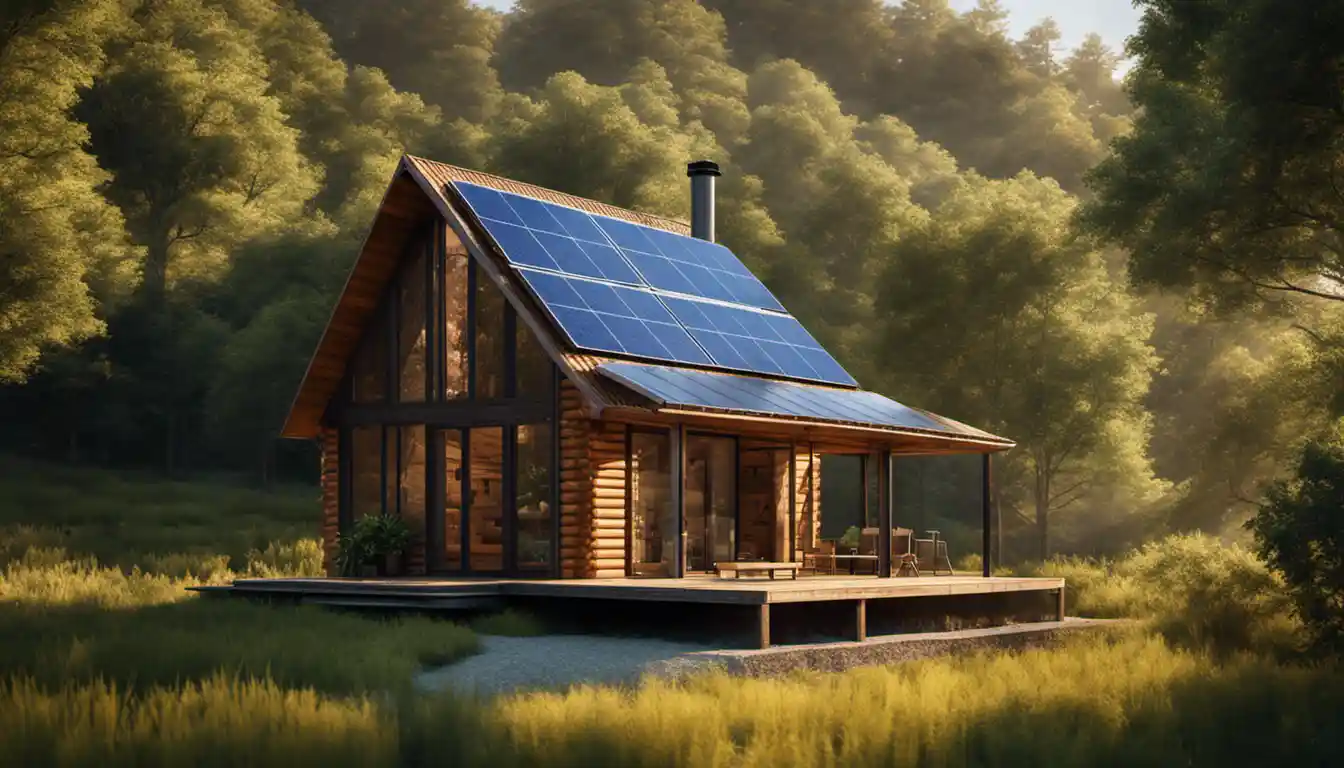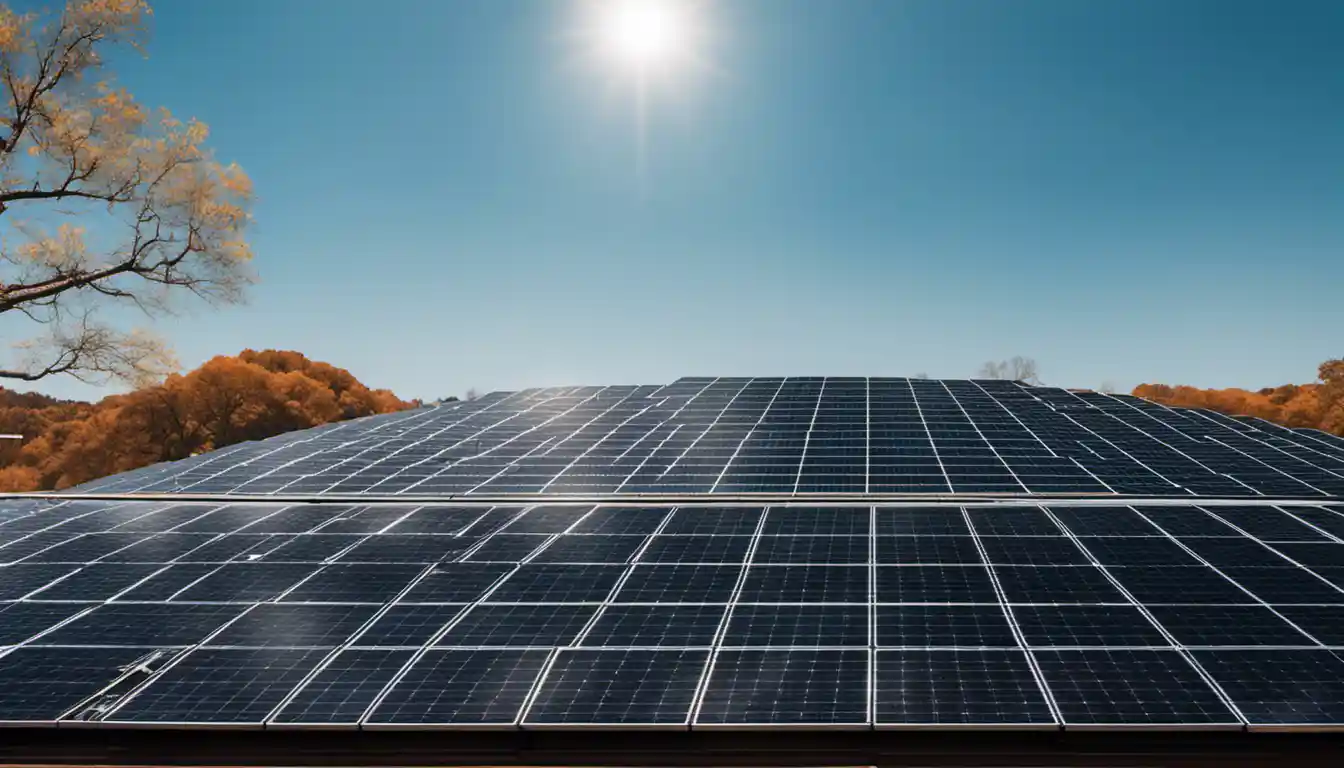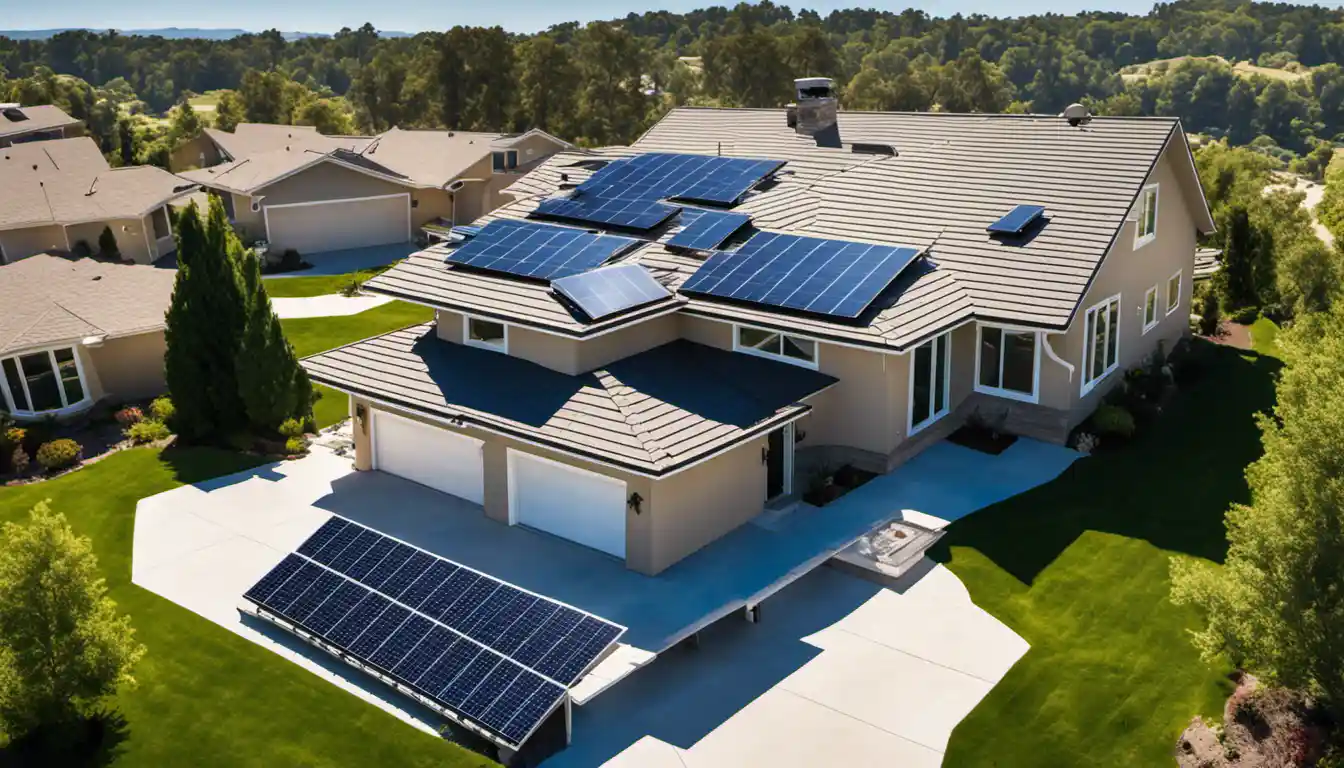Understanding Solar Panel Systems
Solar panel systems convert sunlight into electricity through a process called the photovoltaic effect. These systems typically include solar panels, an inverter, and sometimes a battery and/or solar tracker and interconnection wiring. The panels generate electricity, the inverter converts it into a usable form for homes or businesses, and the battery stores excess power for later use.
Types of Solar Power Systems

Like fingerprints, not all solar panel systems are alike, but rather custom-tailored to fit specific energy needs. Here are some types:
-
Grid-Tie Solar Power Systems: These systems send excess power to the grid, knocking dollars off your energy bill. Whenever the panels aren’t generating power at night, power comes from the grid.
-
Grid-Tie Solar Power Systems with Battery Backup: Similar to the first option but with a battery backup system. This allows for energy storage and protection during power outages.
-
Off-Grid Home Solar Power Systems: Common in remote locations where bringing in traditional power lines just isn’t feasible.
-
Off-Grid Cabin and Tiny House Solar Power Systems: Great for remote, independent living and applications like RVs and boats.
-
Energy Storage Systems: These are usually battery systems that store the electricity generated by your solar panels so that it can be used later when needed.
See also: 8.1kW Solar System: Price, Load Capacity, How Big, and More
Planning a Home Solar Power System: Necessary Steps
Transitioning into solar isn’t as simple as plugging in. Here are some key steps:
-
Investigate Your Home’s Energy Efficiency: Before investing in solar, ensuring your home is energy-efficient can save money and reduce the size of the needed solar panel system.
-
Assess Your Solar Potential: Not every rooftop is suitable for solar panels. Things like the direction your home faces, your local climate, or tree cover can greatly affect your solar potential.
-
Assess Your Options for Using Solar: You might not even need to install panels on your roof. Options like community solar programs can provide you with solar power without any home installations.
-
Estimate Your Solar Electricity Needs: Assess how much electricity you currently consume to judge the size of the system you will need. The larger your consumption, the bigger the system.
See also: 9kW Solar System: Price, Load Capacity, How Big, and More
Pursuing Solar for Homes: Various Approaches

From owning your solar panel system outright to joining a community solar project, there’s a solar solution for every situation. Here are some common ones:
-
Purchasing a Solar Energy System: Buying outright can lead to greatest long-term savings but requires an upfront investment. Financing options may be available to help with this initial cost.
-
Community or Shared Solar: This option allows multiple participants to share the benefits of a single solar array, which can be a great choice for those whose homes are unsuitable for solar panels.
-
Solar Leases and Power Purchase Agreements (PPA): Similar to leasing a car, homeowners can ‘rent’ the solar panel system and use all the electricity it generates free of charge.
-
Solarize Programs: These are community-wide initiatives that aggregate individual homes or businesses’ purchasing power to secure significant discounts on solar installation.
See also: 9.2kW Solar System: Price, Load Capacity, How Big, and More
Making the Installation Decision: Find the Right Fit
Now that you’ve assessed your need, consider the following:
-
Obtain Bids and Site Assessments from Solar Installers: You’ll want to get quotes from multiple installers to ensure you’re getting the best deal.
-
Understand Available Financing and Incentives: Many financing options are available for solar panel systems. Government incentives like the Investment Tax Credit can also reduce your net cost.
-
Working with Your Installer and Utility: Good communication with your installer and utility company can make the transition to solar smoother.
See also: 9.9kW Solar System: Price, Load Capacity, How Big, and More
DIY Solar Power Systems: A Comprehensive Guide

If you’re a hands-on individual with a knack for doing things yourself, DIY solar kits can be a cost-effective way to install solar panel systems for homes. There are great options such as the 13kw solar system, the 7kw solar system, and the 8kw solar system. Before jumping into it, it’s important to understand your energy needs, decide whether you want to be tied to the grid or be off-grid, the benefits of rooftop vs ground-mounted systems, and the need for solar batteries.
See also: 10kW Solar System: Price, Load Capacity, How Big, and More
Design and Durability Aspects of Solar Panels
Getting a solar panel system doesn’t only mean cheaper energy bills, it also means a fresher look for your home and less impact on the environment. Solar panel systems are designed to carry maximum durability and have a life-span of around 25-30 years. Over the install period, these panels will provide clean, green energy and substantially reduce your carbon footprint.
Bringing this long, enlightening journey to an end, I am hopeful you are now more confident in your understanding and decision to switch to a solar panel system in 2022. Happy solarizing!
See also: 12kW Solar System: Price, Load Capacity, How Big, and More
See also: 6.6kW Solar System: Price, Load Capacity, How Big, and More
See also: 15kW Solar System: Price, Load Capacity, How Big, and More
See also: 18kW Solar System: Price, Load Capacity, How Big, and More
See also: 20kW Solar System: Price, Load Capacity, How Big, and More
See also: 24kW Solar System: Price, Load Capacity, How Big, and More
See also: 90kW Solar System: Price, Load Capacity, How Big, and More
See also: 100kW Solar System: Price, Load Capacity, How Big, and More
See also: 1000kW Solar System: Price, Load Capacity, How Big, and More
See also: 0.5kW Solar System: Price, Load Capacity, How Big, and More
See also: 1kW Solar System: Price, Load Capacity, How Big, and More
See also: 3.2kW Solar System: Price, Load Capacity, How Big, and More
See also: 2000kW Solar System: Price, Load Capacity, How Big, and More
See also: 1.5kW Solar System: Price, Load Capacity, How Big, and More
See also: 2kW Solar System: Price, Load Capacity, How Big, and More
See also: 2.2kW Solar System: Price, Load Capacity, How Big, and More
See also: 2.5kW Solar System: Price, Load Capacity, How Big, and More
See also: 3.8kW Solar System: Price, Load Capacity, How Big, and More
See also: 4kW Solar System: Price, Load Capacity, How Big, and More
See also: 4.1kW Solar System: Price, Load Capacity, How Big, and More
See also: 4.2kW Solar System: Price, Load Capacity, How Big, and More
See also: 4.5kW Solar System: Price, Load Capacity, How Big, and More
See also: 5kW Solar System: Price, Load Capacity, How Big, and More
See also: 5.2kW Solar System: Price, Load Capacity, How Big, and More
See also: 6kW Solar System: Price, Load Capacity, How Big, and More
See also: 3.1kW Solar System: Price, Load Capacity, How Big, and More



